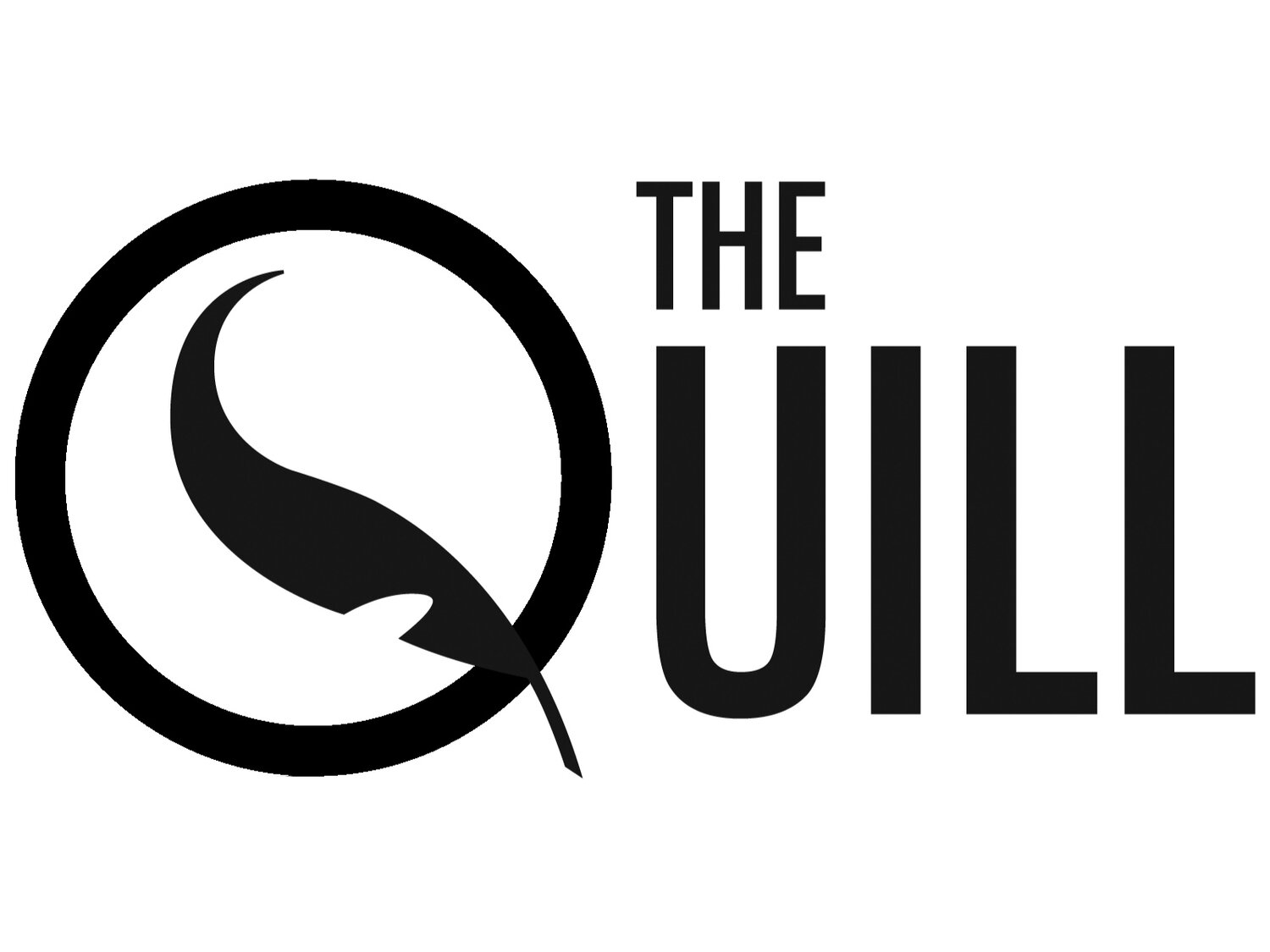Art is Healing
by Ronnie Neiman
(Image Credit: CBC News)
Truth and reconciliation is important to Canada and its Indigenous population. A new sculpture was erected at Brandon University recently. The idea for a sculpture was born last summer, following the discovery of mass gravesites at former residential school locations across Canada, including in Brandon. With a shocked country in mourning, BU President David Docherty paused university business and declared a Day of Mourning and Reflection. In an email to campus, he asked everyone to consider how the university could best move forward in its commitment to Reconciliation, while also honouring the tremendous scale of the loss.
The sculpture consists of two linear planes with vertical and horizontal dividing lines, representing the linear and symmetrical nature of truth. The two surfaces are interlinked, creating balance and unity. The need for reconciliation is represented in the artwork by an asymmetrical subtraction or cut out. This cut out runs down the centre of one surface in a wavy or jagged zig-zagged line and is flanked by a series of drilled holes, offering a system of laced fibre that weaves together to unite the two sides.
Cree artist Kevin McKenzie was the one commissioned to create the sculpture. His late father was a residential school survivor. While he himself had not attended a residential school, many repressed memories and emotions came up during the planning and creation of the statue.
The sculpture is meant to heal the community, McKenzie says. It was kept abstract in design because the concepts of truth and reconciliation are themselves abstractions. It's up to those who view the sculpture to explore their own path of healing and reconciliation.
Brandon University has a responsibility as an educational institution not teach the community about truth and reconciliation.

